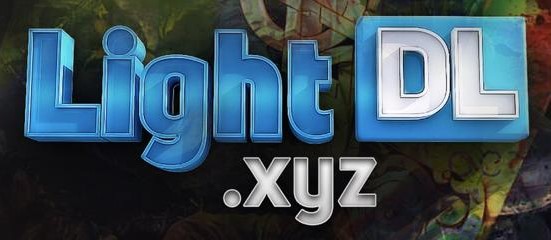Microsoft .NET Framework (pronounced dot net) is a software framework developed by Microsoft that runs primarily on Microsoft Windows. It includes a 16px library and provides language interoperability (several languages can use the code written in other languages) across multiple programming languages. Programs written for .NET Framework execute in a software environment (known as common language runtime) (CLR), an application virtual machine that provides services such as security, memory management and exception handling. The class library and the CLR together constitute the .NET Framework.
The .NET Framework’s Base Class Library provides user interface, data access, database connectivity, cryptography, web application development, numeric algorithms, and network communications. Programmers produce software by combining their own source code with .NET Framework and other libraries. The .NET Framework is intended to be used by most new applications created for the Windows platform. Microsoft also produces an integrated development environment 16pxly for .NET software called Visual Studio.
Interoperability
Because the computer systems often require interaction between newer and older applications, .NET Framework provides access to functionality implemented in newer and older programs that execute outside the .NET environment. Access to COM components is provided in the System.Runtime.InteropServices and System.EnterpriseServices namespaces of the framework; Access to other functionality is achieved using the P / Invoke feature.
Common Language Runtime engine
The Common Language Runtime (CLR) serves as the execution engine of the .NET Framework. All .NET programs run under the supervision of the CLR, guaranteeing certain properties and behaviors in areas of memory management, security, and exception handling.
Language independence
The .NET Framework introduces a Common Type System, or CTS. The CTS specification defines all possible data types and programming constructs supported by the CLR and how they may or may not interact with each other in accordance with the Common Language Infrastructure (CLI) specification. Because of this feature, the .NET Framework supports the exchange of types and object instances between libraries and applications written using any conforming .NET language.
Base Class Library
The Base Class Library (BCL), part of the Framework Class Library (FCL), is a library of functionality available to all languages using the .NET Framework. The BCL provides classes that encapsulate a number of common functions, including file read and write, graphic rendering, database interaction, XML document manipulation, and so on. It consists of classes, interfaces of reusable types that integrate with CLR (Common Language Runtime).
Simplified deployment
The .NET Framework includes design features and tools that help manage the installation of computer software to ensure that it does not interfere with previously installed software and that it meets security requirements.
Security
The design addresses some of the vulnerabilities, such as buffer overflows, which have been exploited by malicious software. Additionally, .NET provides a common security model for all applications.
Portability
Although Microsoft has never implemented the full framework for any system other than Microsoft Windows, it has engineered the framework to be platform-agnostic, and cross-platform implementations are available for other operating systems (see Silverlight and the Alternative implementations section below). Microsoft has provided the ECMA and ISO language specifications for the Common Language Infrastructure (which includes the core class libraries, Common Type System, and Common Intermediate Language), the C # language and the C ++ / CLI language, making them available as official standards. This makes it possible for third parties to create compatible implementations of the framework and its languages on other platforms.
SYSTEM REQUIREMENT
– Microsoft Windows Vista SP2
– Microsoft Windows 7 SP1
– Microsoft Windows 8
– Microsoft Windows 8.1
– Microsoft Windows 10
– Microsoft Windows Server 2003 SP2
– Microsoft Windows 2003 R2 SP2
– Microsoft Windows Server 2008 SP2
– Microsoft Windows 2008 R2 SP1
– Microsoft Windows Server 2012
– Microsoft Windows 2012 R2
– Microsoft Windows Server 2016
Installation guide
2. Right-click the Setup.exe file and click Run as Administrator.
3. Restart your system once you have completed the installation process.
Hints:
– Version 4.7.1 does not support Windows 8.
– Windows 10 does not need to install version 4.
– Embedded files support both 32-bit and 64-bit architectures.
– Only installable versions required for each Windows are included here, and duplicate versions are removed in higher editions so as not to waste users time and money.
– All files are compressed as much as possible and can be repaired by WinRAR software, if they are incompletely downloaded.
NET Framework 4.7.2
Microsoft.NET.Framework.4.8.0.Build.4115.Final.x86.x64.rar
Microsoft.NET.SDK.6.0.100.x86.Final.rar
NET Desktop Runtime v6.0.0 Build 30623 x86 Final
NET Desktop Runtime v6.0.0 Build 30623 x64 Final
NET Framework Setup Verification Utility
Type this text as password: www.yasdl.com


which ones can i install for windows 8
download the 8.1 section
Site can't be reached problem
please refresh and try again or try a different browser…links are working.
password is incorrect
type this text as PASSWORD: http://www.downloadha.com
Request for autodesk sketchbook pro thanks!
it will be uploaded.
Please does it work on windows 11
yes please
Please the password is not working NET SDK 6.0 please help me with the new password
please type http://www.yasdl.com as password.